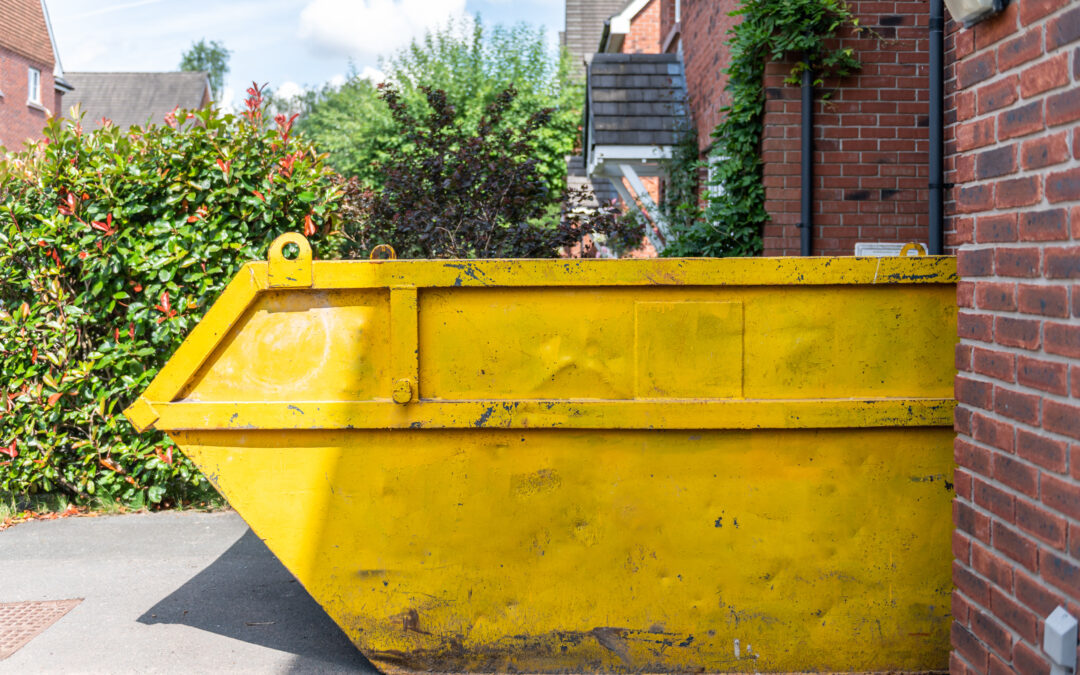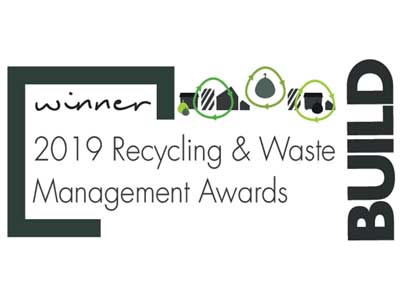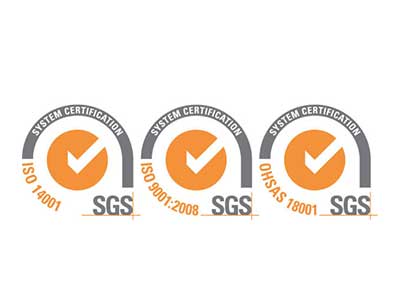Clearing out your garden is one thing, yet when it comes to disposing of all the waste you’ve created, it can be hard to work out what to do. It can seem a bit complicated at first, but it is the most efficient and cost-effective way to reclaim your garden and eliminate waste, with the peace of mind that it is disposed of properly.
If you’re planning to get stuck into the garden and create a space to be proud of, make sure to read below for our guide to skip hire when it comes to removing garden waste.
What Types of Garden Waste Is Typically Generated in a Garden Clearance?
Garden is a popular pastime that generates a lot of diverse waste. When we use the term ‘garden waste’ we typically are referencing composable material produced in your garden such as grass clippings, leaves and branches. However, in more extensive projects, other types of waste may make their way into your skip.
Can Garden Waste Go In A Regular Skip?
The answer to this comes down to the type of waste in question, and your skip provider’s policies. It’s important that you make yourself aware of the waste guidelines in your local area, fill your skip properly and ensure that you are environmentally responsible when it comes to garden waste management.
Once full, your skip will be removed, along with your garden waste, to a specialist facility.
What Must NOT Go In A Skip?
Under no circumstances can you put the following materials into a skip:
- Upholstered furniture,
- Hazardous materials,
- Liquid and toxic materials,
- Flammable waste,
- Liquid waste,
- Powdered waste,
- Asbestos,
- Oils,
- Clinical waste,
- Tyres,
- Gas canisters or pressurised containers,
- Fluorescent tubes or lighting,
- Hazardous or potentially hazardous waste wood,
- Plasterboard.
You must arrange for such materials to be disposed of properly by professionals.
What Garden Waste Can Go In A Regular Skip?
The good news is that most garden waste can go in a regular skip. This includes grass, soil, hedge trimmings and rubble.
However, it is important to remember that you cannot use a skip to remove herbicides, paints, solvents or WEEE waste such as garden appliances.
If you have a specific item that you need to get rid of as a part of your garden project, and you are not sure whether you can put it in a skip, make sure to get in touch with your skip provider. They will be able to advise you on what to do next.
How To Load Your Garden Waste Into A Skip
It can be so tempting to just chuck all your waste into a skip and be done with it, ready to throw yourself into your next task, yet taking the time to properly load your skip can be worth it.
Correct skip loading will help you to get the most out of the space you have to work with and will help you avoid overfilling the skip and facing additional charges.
Start by loading in lighter items such as grass, leaves and twigs. Then, use bulkier items to squash the lower level of waste. Next, add in flatter items such as fence panels and wood to fill along the edges of the skip, keeping an eye on the fill level lines and making sure to not surpass these. Finally, use soil and sand to fill in any additional gaps in the lower levels.
Why Proper Garden Waste Disposal Is So Important
The benefits of proper garden waste disposal extend way beyond the four walls of your garden. Taking the time to make sure that your waste is removed and disposed of responsibly will mitigate the release of greenhouse gases and reduce the burden on landfills. What’s more, garden waste is often used to create nutrient-rich compost, aiding soil quality and the growth of gardens across the UK. Correct garden waste disposal also aids biodiversity by preventing the spread of pests and diseases.
Looking To Book a Skip For Your Garden Waste?
If you are looking to book a skip, or you’re trying to understand what waste solution will fit your garden project best, make sure to get in touch with our team at REMONDIS, today. With a reliable and knowledgeable team, we’ll be happy to give you the impartial advice you need to complete your project.













